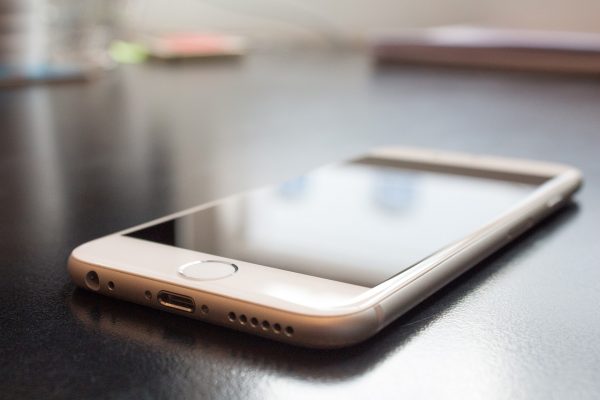A mobile phone is a portable telephone that can make and receive calls over a radio frequency link while the user is moving within a telephone service area. The radio frequency link establishes a connection to the switching systems of a mobile phone operator, which provides access to the public switched telephone network (PSTN).
A Most modern mobile telephone services use a cellular network architecture, and, therefore, mobile telephones are often also called cellular telephones or cell phones.
Researchers have found out that holding a cell phone close to the ear for a long period of time can cause brain cancer because of gluCode metabolism, which is a measurement of how the brain uses energy, increases significantly when the phone is turned on.
According to reports from Dr. Gene -Jack Wang of Brookhaven National Laboratory in Long Island, he said “Although we cannot determine the clinical significance, our results give evidence that the human brain is sensitive to the effects of radiofrequency electromagnetic fields from acute cell phone exposures.
There have been many population-based studies evaluating the potential links between brain cancer and cellphone use, and the results have often been inconsistent or inconclusive.
Most recently, the anticipated Interphone study was interpreted as “implausible” because some of its statistics revealed a significant protective effect for cell phone use. On the other hand, the most intense users had an increased risk of glioma — but the researchers called their level of use “unrealistic.”
But few researchers have looked at the actual physiological effects that radiofrequency and electromagnetic fields from the devices can have on brain tissue. Some have shown that blood flow can be increased in specific brain regions during cell phone use, but there’s been little work on effects at the level of the brain’s neurons.
So Dr. Volkow and colleagues conducted a crossover study at Brookhaven National Laboratory, enrolling 47 patients who had one cell phone placed on each ear while they lay in a PET scanner for 50minutes.
The researchers scanned patients’ brain glucose metabolism twice — once with the right cell phone turned on but muted, and once with both phones turned off.


